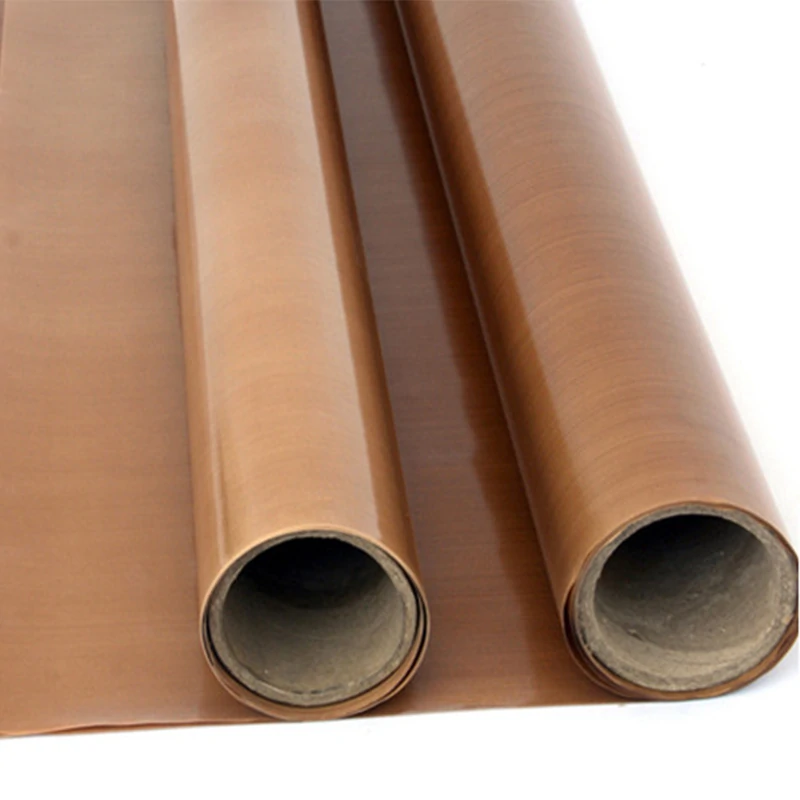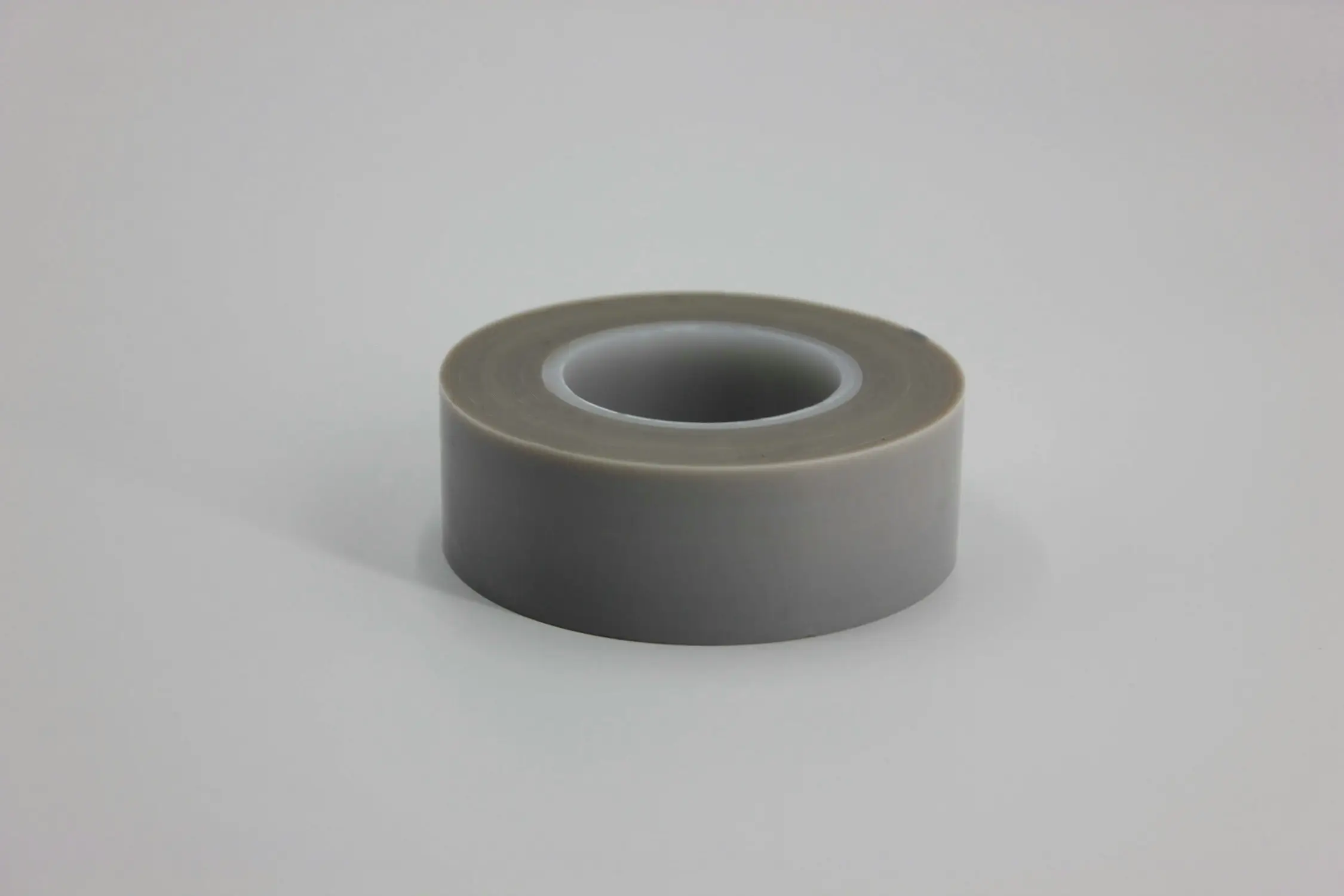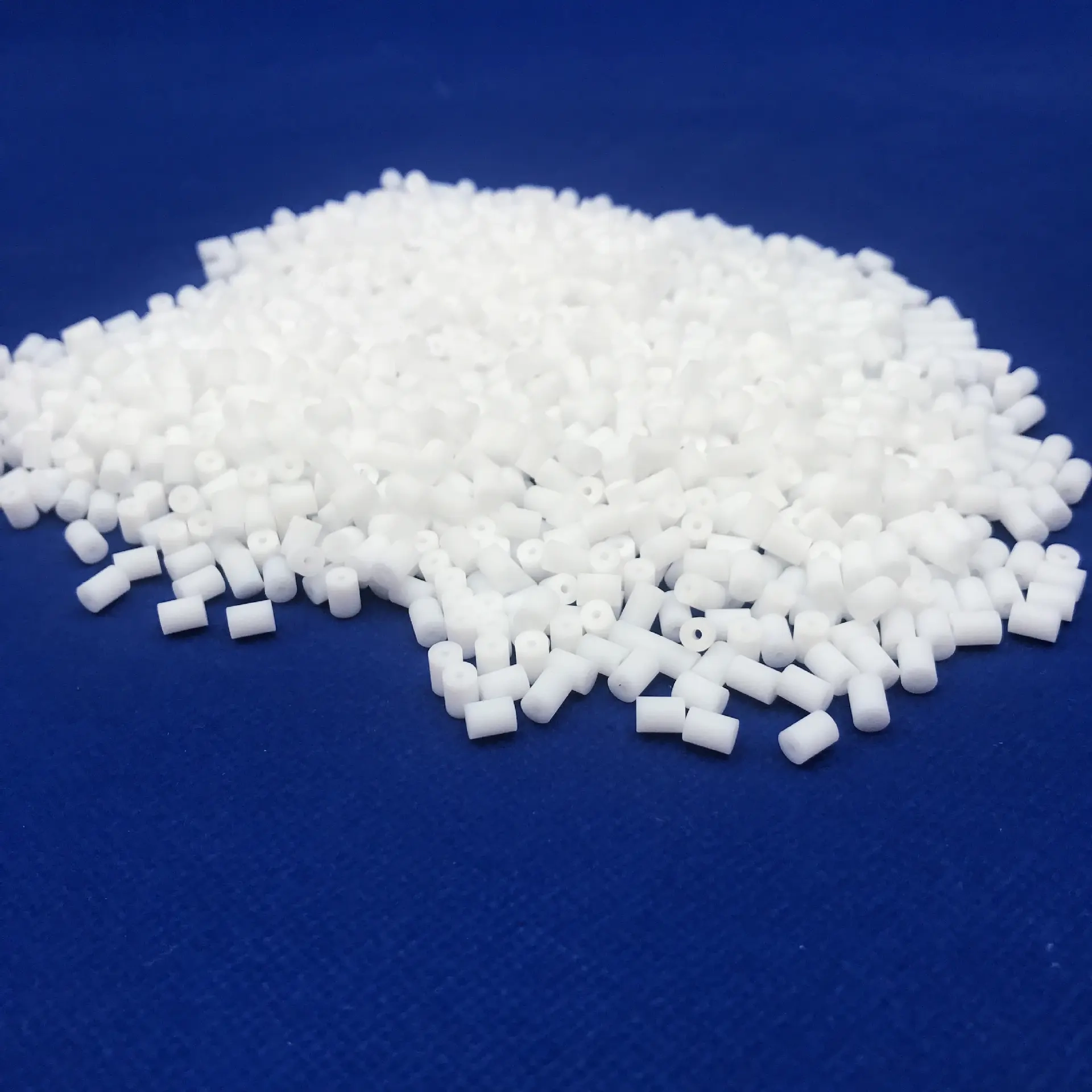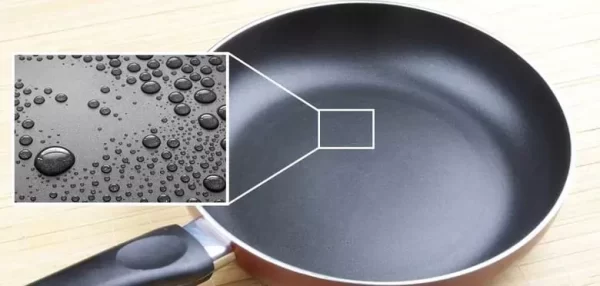How Safe is Teflon in Fabrics?
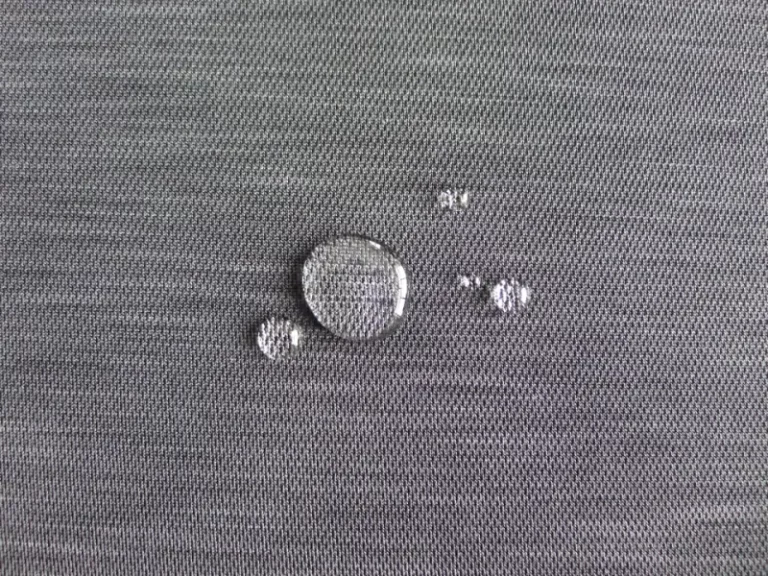
As consumers, we constantly search for products that improve our quality of life. One such innovation is using Teflon in fabrics, celebrated for its stain-resistant properties and used as a fabric protector. However, a question often arises: “How safe is Teflon in fabrics?” Let’s explore this topic in depth.
Underneath the starlit sky, backpackers, climbers, and military personnel alike have relied on a hidden hero for protection against the elements: PTFE cloth. This wonder fabric, celebrated for its unmatched waterproofness, breathability, and resistance to stains, oils, and chemicals, has silently shielded countless adventurers from the harshest terrains and climates.
However, not all that glitters is gold. In 2019, a documentary titled “Black Water” painted this hero in a more sinister light, unveiling potential dangers lurking beneath its protective sheen. Doubts and concerns flooded the public, many of whom began to question the safety of donning garments made from this material. The International Carcinogen Agency later classified PTFE as a Class 2B carcinogen, a category that whispers of potential risks but doesn’t conclusively shout.
Today, we embark on a quest of our own: to uncover the truths behind Teflon’s shimmering facade and to determine, once and for all, if this guardian of the great outdoors is as safe as its legacy claims.
Teflon: An Introduction
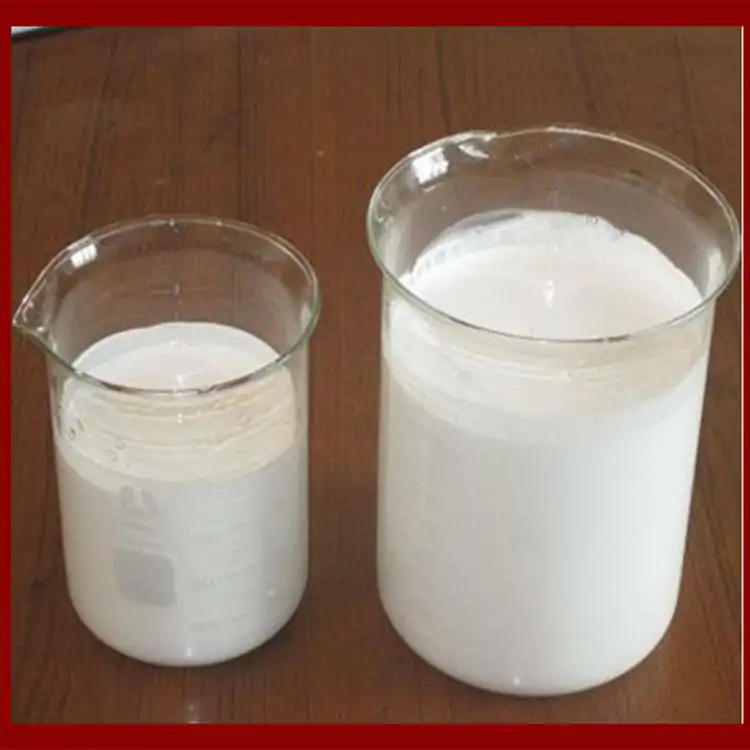
Teflon is a brand name for a type of polymer known as polytetrafluoroethylene (PTFE). It’s a material commonly recognized for its application in nonstick pans, and in the textile industry, Teflon is widely used to make fabrics water and stain-resistant.
In a lab at DuPont in the United States, 1938, Dr. Roy Plunkett stumbled upon something unexpected. What emerged was a fine powdered substance, later named Teflon. This Teflon coating, officially called polytetrafluoroethylene (PTFE), looked quite unassuming. But appearances can be deceptive.
Polytetrafluoroethylene PTFE, in its essence, boasts a unique structure. Its polymer consists of carbon and fluorine, resulting in its remarkable chemical inertia. Simply put, this means it doesn’t mix well with corrosive chemicals. Instead, it stands firm, refusing to react or corrode.
One might ask, “Why does that matter?” Here’s where it shines. In a world filled with materials that adhere, stick, or bond, Teflon remains indifferent. This non-stick character, combined with one of the lowest coefficients of friction, makes it ideal for coated cookware. So, when you fry up those morning eggs, they slide effortlessly off the pan.
Yet, Teflon’s merits aren’t just confined to the kitchen. Given its high heat resistance, industries across a wide range utilize it for high temperature applications. In fact, its corrosion resistance makes it a favorite for storing some of the most aggressive chemicals.
Moreover, when you touch a Teflon surface, it feels slippery, owing to its fine structure. In electrical setups, its insulating properties are treasured, protecting circuits and devices from unwanted electrical flows.
However, every coin has two sides. When subjected to very high heat, PTFE coated cookware can emit polymer fumes. It’s rare, but these fumes can lead to “polymer fume fever” in humans, a condition reminiscent of the flu. Our feathered friends, pet birds, can be especially sensitive to these polymer fumes.
During its manufacturing process, another shadow looms: the use of perfluorooctanoic acid (PFOA). Linked with long-term health concerns, the debate over its safety became intense. Heeding these worries, manufacturers in the United States decided to phase out PFOA from the process.
In conclusion, Teflon’s tale is one of innovation and adaptability. From its accidental discovery to its widespread use, its journey underlines both the potential and pitfalls of modern materials. Like all things, while it offers immense benefits, it’s up to us to use it wisely.
Evaluating Safety: Understanding PFOA
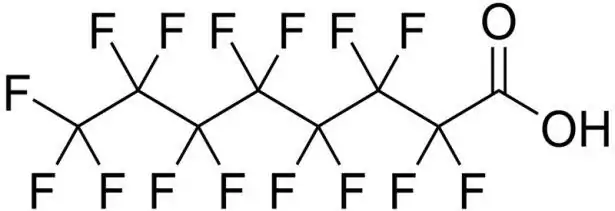
For years, the safety of Teflon has been a hotly debated topic. The primary concern was not about Teflon (PTFE) itself but about a compound used in its production called perfluorooctanoic acid (PFOA). This substance has been linked to various health issues, causing a wave of concern among consumers. However, it’s important to note that as of 2013, due to health and environmental concerns, major manufacturers phased out the use of PFOA in the production of Teflon.
Teflon in Fabrics Today
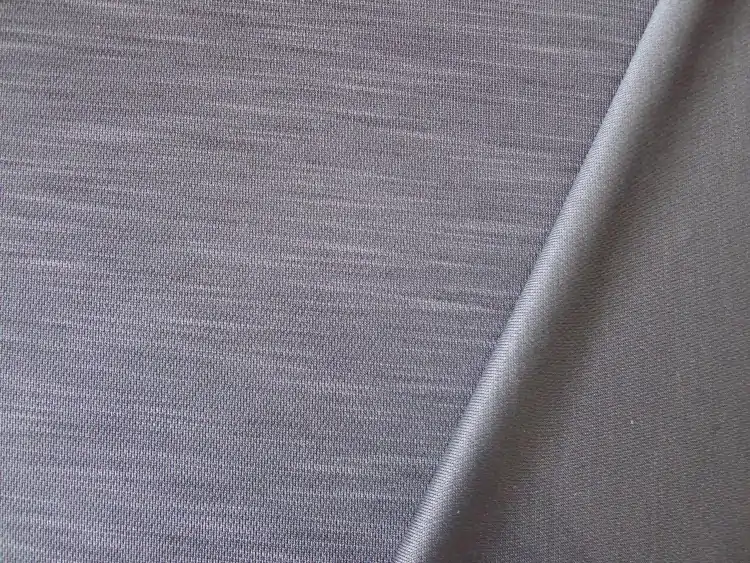
Today’s Teflon used in fabrics is largely considered safe, as it no longer contains PFOA. The Teflon coating is a robust fabric protector, helping materials resist stains and extending the product’s longevity. It’s a feature particularly appreciated in outdoor gear, upholstery, and other items subject to wear and tear.
Are There Any Risks?
Despite the shift away from PFOA, some concerns linger about the safety of Teflon in fabrics. The main problem arises when the material is heated to extremely high temperatures (over 600°F/316°C), at which point it may release fumes that can be harmful if inhaled. However, under normal usage conditions, fabrics coated with Teflon do not reach these temperatures, making the risk virtually nonexistent in everyday use.
A Balanced Perspective
Teflon used in fabrics is generally safe for everyday use. It offers many benefits, including stain resistance and increased fabric longevity. However, like all materials, understanding their properties and correct usage is critical to ensuring safety. The concerns raised in the past have led to essential manufacturing changes, making the Teflon we use today safer than ever.
Remember, staying informed about the products we use every day is a fundamental step in becoming conscious consumers. As we continue to value innovations that enhance our lives, we must also champion transparency and safety in all aspects of production and usage.


